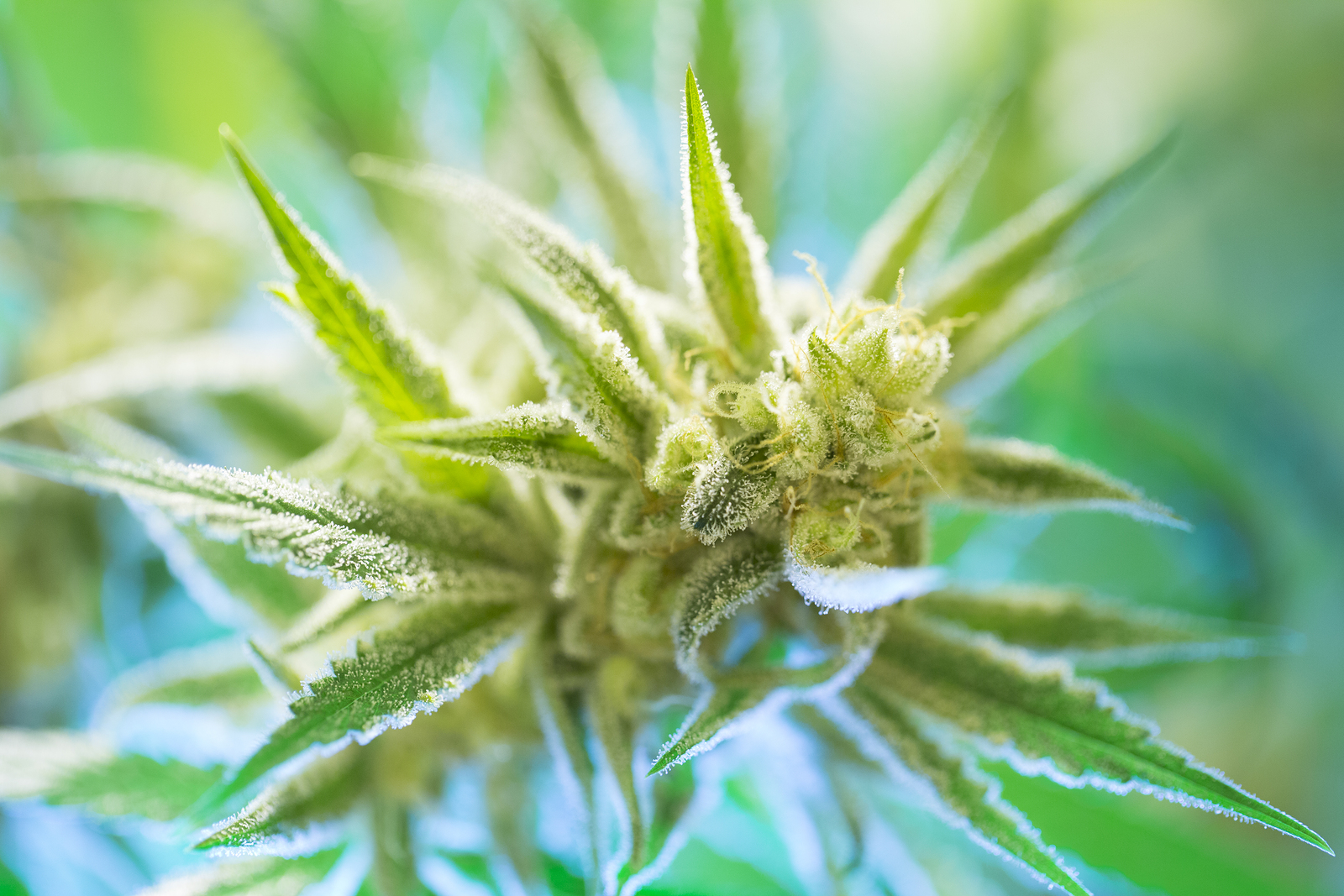
What Is… A Synthetic Cannabinoid?
 Synthetic cannabinoids (SCs), commonly known as ‘spice’ or ‘black mamba’, are a diverse group of psychoactive drugs, designed to mimic the effects of delta-9-tetrahydrocannabinol (THC, the psycho-active components in cannabis). Initially created as laboratory research tools in the 1980’s, they are now illicitly manufactured and distributed as compounds which are either sprayed onto plant materials to be smoked, or, sold as liquids to be inhaled using electronic vaporisers. SC’s named under the Misuse of Drugs Act 1971, are Class B drugs. However, there are many different types of SCs, and, before 26 May 2016, when the Psychoactive Substances Act came into effect, some were illegal and some weren’t, now all SC’s are illegal to produce, supply or import.
Synthetic cannabinoids (SCs), commonly known as ‘spice’ or ‘black mamba’, are a diverse group of psychoactive drugs, designed to mimic the effects of delta-9-tetrahydrocannabinol (THC, the psycho-active components in cannabis). Initially created as laboratory research tools in the 1980’s, they are now illicitly manufactured and distributed as compounds which are either sprayed onto plant materials to be smoked, or, sold as liquids to be inhaled using electronic vaporisers. SC’s named under the Misuse of Drugs Act 1971, are Class B drugs. However, there are many different types of SCs, and, before 26 May 2016, when the Psychoactive Substances Act came into effect, some were illegal and some weren’t, now all SC’s are illegal to produce, supply or import.
Synthetic cannabinoids are inexpensive and usually come in appealing packaging targeting young adults and first time drug users. In attempts to circumvent drug laws, SC’s are often marketed as ‘not for human consumption’ or as bath salts, incense or herbal blends, sold predominantly online or in head shops.
In a large global anonymous online survey in 2011, 17% of 15,000 respondents reported using SC’s. Almost all users had also used natural cannabis, and reported that SCs had a shorter duration of effect, and quicker time to peak onset of effect, with more negative effects such as hangovers and paranoia. Natural cannabis was preferred by 93% of respondents. However, to put this into context, according to the ‘Drug Misuse Declared: Findings from the 2011/12 Crime Survey for England and Wales’, use of SC’s is actually low, with last year use among 16-59 year olds in England and Wales being just 0.1%.
Synthetic cannabinoids act on the same parts of the brain as THC, and users typically report pleasant effects similar to cannabis, such as elated mood, altered perception and relaxation. Despite a similar toxicity profile, SC effects are often unpredictable and more severe than natural cannabis. This is due to the wide variety of available compounds of different strengths, and users being inexperienced with the drug, particularly young or new users.
Adverse effects reported include rapid heart-beat, vomiting, violent behavior, suicidal thoughts, cognitive impairments and psychosis. Fatal cases of SC overdose have been reported, but causality has yet to be proven. SC use is a problem particularly in the UK prison system; between 2012-2014, prisons reported 19 deaths where SC’s were implicated. SC’s have no available antidote, and no laboratory testing to confirm exposure.
Cases of psychosis following use of SC’s have been reported in the media, causing public concern. Similar to cannabis, there is evidence to suggest that SC use precipitates psychosis in vulnerable people. A systematic review in 2012 reported that acute anxiety and psychosis were the most prominent reported side effects of SC’s. In the US, psychotic episodes were reported in up to 40% of users attending an emergency clinic for SC use.
SC’s are a new group of drugs, with potentially damaging health effects that are difficult to control and regulate. They are widely available online and on the high street, with young people and inexperienced users having easy access to them. Whilst overall usage is low compared to other drugs such as cannabis, there is much to be learnt about reducing the risks and side effects associated with the use of synthetic cannibinoids.
The opinions expressed in this post and podcast reflect the views of the author(s) and do not necessarily represent the opinions or official positions of the SSA.
The SSA does not endorse or guarantee the accuracy of the information in external sources or links and accepts no responsibility or liability for any consequences arising from the use of such information.